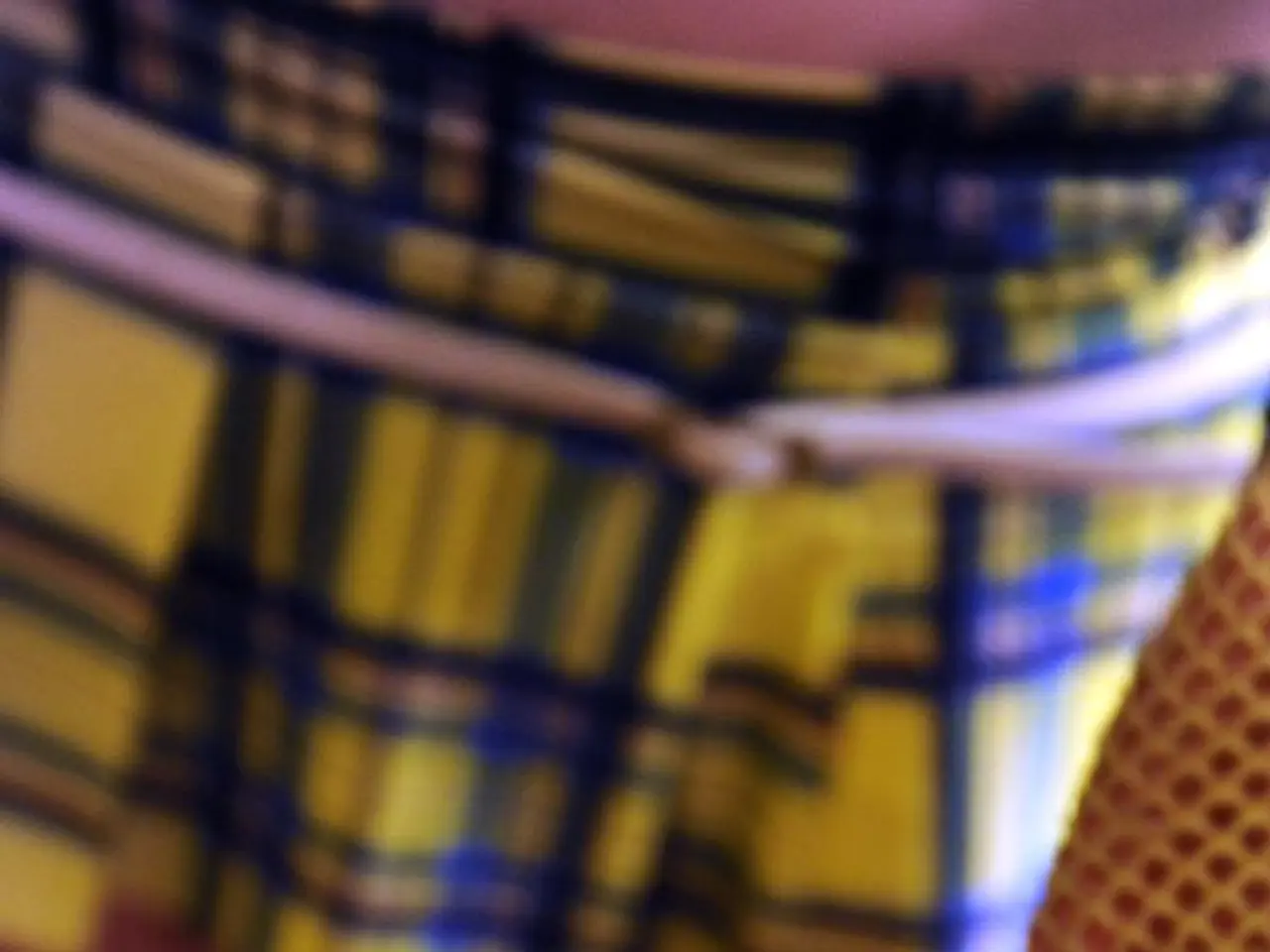A robotic limb for the home may bring about significant changes in rehabilitation processes.
Introducing the Reemo Robotic Arm: Revolutionizing Home-Based Rehabilitation
The Reemo robotic arm by Yungwon Kang is a groundbreaking home-based rehabilitation device designed to support upper limb recovery, particularly for patients with neurological disorders such as stroke, Parkinson’s, and ALS[1].
Key Features
The Reemo robotic arm boasts several innovative features that set it apart from traditional rehabilitation tools.
- Multiple axes of movement: Allowing the robotic arm to closely mimic a wide range of human arm motions, making therapy realistic and tailored to natural movement patterns[1].
- Soft rubber handle: Providing a comfortable, ergonomic grip for users during exercises[1].
- Built-in gyroscope sensor: Monitoring wrist movements to ensure they remain within safe, effective angles customized for rehabilitation needs[1].
- Head-mounted camera: Operating only during therapy sessions to collect motion-tracking data, enabling precise monitoring without constant surveillance[1].
- Telemedicine capability: The camera and sensors interface with a mobile app, facilitating remote consultations and progress tracking by therapists and doctors[1].
Benefits
The Reemo robotic arm offers numerous benefits for patients undergoing rehabilitation.
- Supports home rehabilitation: Helping patients continue therapy in the comfort of their own home, which promotes emotional well-being and independence[1].
- Improves therapy adherence and outcomes: By providing guided, data-driven exercises with feedback, it addresses limitations of traditional rehab tools[1].
- Bridges the care gap: Reducing the risk of hospital readmission due to inadequate post-hospital rehabilitation[1].
- Enables remote monitoring: Facilitating telemedicine, allowing doctors to track progress and adjust therapy without frequent hospital visits[1].
Additional Features
- Assistant Mode: Helps with daily tasks that might otherwise require caregiver support[1].
- Data-driven design: Developed based on detailed rehabilitation movement data, the arm guides functional and repetitive exercises in everyday environments[1].
In summary, the Reemo robotic arm combines advanced robotics with user-friendly, data-driven functionality to revolutionize home-based upper limb rehabilitation by enhancing comfort, safety, effectiveness, and connected care. The design by Yungwon Kang brings hope and independence back into daily life for countless patients.
[1] Based on information provided in the bullet points.
- The Reemo robotic arm, designed by Yungwon Kang, is a technology-driven tool that integrates scientific principles of health-and-wellness, fitness-and-exercise, and therapies-and-treatments to support the rehabilitation of patients with neurological disorders.
- This innovation, with its multiple axes of movement, soft rubber handle, built-in gyroscope sensor, and head-mounted camera, offers a realistic and adaptable rehabilitation experience compared to traditional tools.
- By providing guided, data-driven exercises with feedback, the Reemo robotic arm aids in improving adherence to therapy, thereby enhancing outcomes, supporting home rehabilitation, and bridging the care gap for patients.
- Furthermore, its assistant mode and data-driven design make household chores more manageable and guide functional and repetitive exercises in everyday environments, making the Reemo robotic arm a beacon of hope and independence for patients in need.




